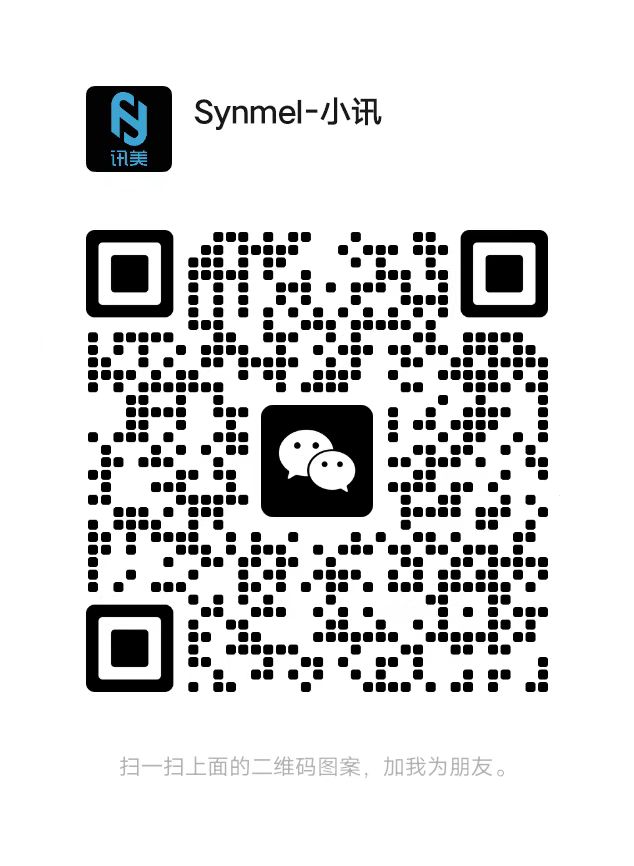- English
- Español
- Português
- русский
- Français
- 日本語
- Deutsch
- tiếng Việt
- Italiano
- Nederlands
- ภาษาไทย
- Polski
- 한국어
- Svenska
- magyar
- Malay
- বাংলা ভাষার
- Dansk
- Suomi
- हिन्दी
- Pilipino
- Türkçe
- Gaeilge
- العربية
- Indonesia
- Norsk
- تمل
- český
- ελληνικά
- український
- Javanese
- فارسی
- தமிழ்
- తెలుగు
- नेपाली
- Burmese
- български
- ລາວ
- Latine
- Қазақша
- Euskal
- Azərbaycan
- Slovenský jazyk
- Македонски
- Lietuvos
- Eesti Keel
- Română
- Slovenski
- मराठी
- Srpski језик
What factors will affect the detection effect of RF soft labels?
2025-06-03
The detection effect of RF soft labels is affected by many factors, mainly including the following:
1. Label quality
Label chip and antenna design: The chip and antenna design of the label directly affects the communication distance and reliability between it and the reader. High-quality chip and antenna design can ensure stronger signal reception and transmission.
Tag material: Labels of different materials are suitable for different environments. For example, metal surfaces or liquid environments will interfere with the signal, so choosing the right material is crucial to improving the detection effect.
2. Signal frequency and propagation characteristics
Frequency: RF soft labels usually use different frequencies for communication. The choice of frequency affects the distance and penetration of signal propagation.
Signal strength: The strength of the RF signal emitted by the reader and the receiving ability of the label will also affect the detection effect. Too weak signal strength will cause the label to be unrecognizable, and too strong signal may cause interference.
3. Distance between label and reader
Reading and writing distance: The effective recognition distance of RF labels depends on the distance between the tag and the reader. Generally, ultra-high frequency (UHF) labels have a longer reading and writing distance, while low frequency (LF) labels have a shorter reading and writing distance. Ultra-long-distance reading may cause signal attenuation, affecting the detection effect.
Angle: The recognition effect of RFID labels is greatly affected by the angle. The more the relative angle between the label and the reader is, the better the detection effect is usually. A large deviation in the angle may cause reading and writing failure.
4. Environmental factors
Interference from metal and liquid: Metal and liquid materials have strong absorption and reflection effects on the propagation of RFID signals, which will greatly reduce the reading distance of the label. Therefore, when using RF soft labels in these environments, it is necessary to select specific anti-interference labels.
Temperature and humidity: Ambient temperature and humidity also affect the working performance of RFID labels. Too high or too low temperature and too high humidity may cause attenuation or damage of tag signals.
Electromagnetic interference (EMI): Electromagnetic interference comes from other electronic devices, which may cause the tag signal to be blocked or distorted, thereby affecting the detection effect.
5. Reader performance
Reader sensitivity and power: The performance of the reader will affect the detection effect of the RFID label. A reader with high sensitivity can accurately identify tags at a longer distance, while a reader with low power may limit the detection range.
Antenna design: The antenna design of the reader is also a key factor affecting the recognition effect. The antenna's directivity, gain and coverage will affect the detection effect of the label.
6. Tag attachment position
Tag installation position: The location of the label installation will affect the signal propagation and detection effect. Avoid installing tags in areas that may cause signal interference, such as metal surfaces or inside liquid containers. The tag should be kept flat and perpendicular to the direction of the reader as much as possible.
Obstructions: Objects blocking the label will also affect the RF signal, causing the label to be unable to be correctly detected.
7. Number and density of tags
Tag density: In some environments, too many labels gathered together may cause "label collision" or signal interference, resulting in reduced detection effect. Especially when using UHF tags, signal interference will be more significant.
Number of tags: When multiple labels are working at the same time, especially in a high-density environment, multiple labels may interfere with each other, affecting the recognition accuracy of the reader.
8. Damage or aging of labels
Physical damage to labels: Damage to labels will cause them to fail to work properly, affecting the detection effect.
Aging of labels: After long-term use, the performance of labels may gradually decline, causing signal attenuation or failure.
9. Data transmission and protocol
Data transmission protocol: Different RF soft labels use different communication protocols. Incompatible protocols may cause the reader to fail to recognize certain tags.
Encoding method of tag data: The encoding method of data inside the tag may affect the transmission and reading speed of data, and thus affect the detection effect.
10. Interference from external devices
Other wireless devices: There may be frequency overlap and interference between RF devices. The signals emitted by other devices may overlap with the working frequency band of the RF label, interfering with the transmission of signals.
Summary: The detection effect of RF soft labes is affected by multiple factors, including tag quality, signal frequency, distance, environmental factors, reader performance, etc. In order to ensure good detection results, appropriate labels and readers should be selected according to the actual application scenario, and possible interference sources and their effects should be taken into account.




